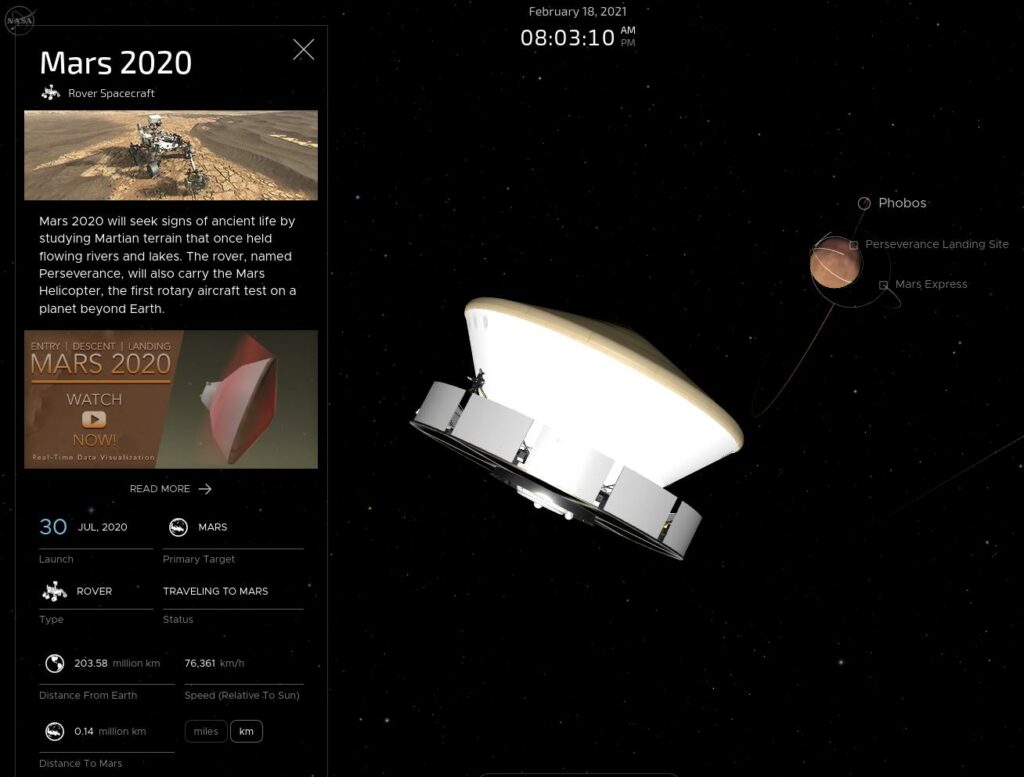Two years ago, I stumbled over ‘We are Legion (We are Bob)‘, the first Bobiverse book with an exceptional science-fiction story by Dennis E. Taylor. Book 2 and 3 followed in short succession and I was really delighted when I noticed that book 4 ‘Heaven’s River’ was recently published.
Continue reading Heaven’s River – Bobiverse Book 4An ‘Everything in Containers’ LTE and 5G Demo
In the previous post on the topic I wrote about the three eras of telecom infrastructure hardware. As we are now entering the third area, there are not only whitepapers written about how everything from the radio network to the mobile core can be but into containers, but there are also demo videos of such solutions now on Youtube.
Continue reading An ‘Everything in Containers’ LTE and 5G DemoThe Three Eras Of Telecom Infrastructure Hardware
As you might have noticed on the blog, I’ve been doing a lot of hands-on exploration these days of bare metal hardware, virtual machines, containers and orchestration (e.g. Kubernetes). My motivation behind this is twofold. For one thing, I like to evolve my private cloud. Current status: 25 containers are now running in my private cloud and I have replaced 3 virtual machines. The other reason to learn more about these topics is to better understand in which direction the hardware and underlying software for telecommunication infrastructure evolve. This made me realize even more clearly that there are at least three distinct eras of telecom infrastructure hardware and I’m very happy we are now entering the third era as I will explain below.
Continue reading The Three Eras Of Telecom Infrastructure HardwareMars Landing Party Tonight – Wanna join?

Today, Thursday, 18th February 2021, another spacecraft with a rover arrives at Mars and will attempt a spectacular landing with parachutes, retro-rockets, and a sky-crane. The press folks at NASA like to call it the 7 minutes of terror. As a space-geek I am very much looking forward to the event. Have a look here for the current position and flight data of the spacecraft as it approaches Mars. This real-time simulation of objects in the solar system allows you to look around in all directions from the spacecraft to see what you would see if you were actually there.
I will certainly watch the live commentary of the descent and landing on NASA’s TV channel and will run the 3D Mars landing simulation in real-time while it happens. Well, actually with a delay 11 minutes. And then I thought: Wouldn’t it be nice to talk and chat about this with other space buffs reading this blog before, during, and after the event? Yes, I know, there’s Twitter and other places to go to, but it’s too slow, the crowd is too big for voices to be heard, and too impersonal. So I decided to open up a Jitsi session OVER HERE for anyone who wants to join and chat about the landing. I will be there from around 8 pm CET (Central European Time) this evening! Wanna join?
I’m Giving An Online Docker Hands-On Workshop
Like most conferences in the first half of 2021, the Chemnitzer Linux Tage (Chemnitz Linux Days) on the 13th and 14th of March will be held online. Apart from very interesting talks about Linux-related topics, most of them in German, the conference also offers a broad range of workshops. While I like to give talks, I have to admit that after a year of doing them online, I am a little tired of staring into the lens of a camera while seeing nobody and only receiving little feedback. So in return for the inspiration I always get from such events by listening to talks of others, I decided to offer something different in return this time.
Continue reading I’m Giving An Online Docker Hands-On WorkshopApp to Docker – Part 3 – Software Updates
In part 1 and 2 of this series I reported about my progress towards containerizing my own server-side code. Now that things are in place, the next question is how to perform software updates. The answer is surprisingly simple.
Continue reading App to Docker – Part 3 – Software UpdatesApp to Docker – Part 2 – Environment Variables
In the previous part, I’ve started working on getting the server-side code of my web-based database application into containers for easy deployment, maintainability, and update. The particular focus in that episode was how to automatically pre-populate volumes for persistent data with things such as default configuration files. In this part, I’ll have a look at how to use environment variables to configure parameters required for my container to communicate with an accompanying MySQL database container.
Continue reading App to Docker – Part 2 – Environment VariablesWirelessMoves In A Container
I’m interrupting the regular programming today for a minute for a special infrastructure announcement! You might have guessed that I had a couple of things in mind when I started my Dockerize-Me learning journey some time ago and one of them was to put this blog, now in its 16th year, into a container.
Continue reading WirelessMoves In A ContainerApp To Docker – Part 1 – Volume Magic
After the six ‘Dockerize Me‘ and four ‘Kubernetes Intro‘ episodes that mainly dealt with getting a good understanding of how to use containers, the time has come for me to deal with the ‘end boss‘ of the game: Dockerizing the web-based database system I’ve been working on in my quality time over the years.
I have played with the thought of open-sourcing the code for some time, but installing Apache, MySQL, SSL certificates, etc., etc., and configuring the system is beyond most people who would be interested in using it. But putting the system in containers for easy deployment, operation and upgrades would change the game. So in this and the following episodes, I give an overview of the steps I have taken to containerize my system. I think the time two write this down is well invested, as the steps I have taken are a good blueprint, and will perhaps also be useful for your future projects.
Continue reading App To Docker – Part 1 – Volume MagicDockerize-Me: Traefik as Reverse-Proxy – Part 6

In part 3 of my Dockerize-Me series I’ve been looking at how to run several web services on the same server, make them accessible on the same ports (80 for http and 443 for https) and add Letsencrypt TLS certificates for secure communication. This is typically done with a reverse http proxy setup as described in episode 3 (in Docker containers of course…). In the feedback, several people suggested that I should also look at Traefik as another alternative. So as I like choice, I did just that.
Continue reading Dockerize-Me: Traefik as Reverse-Proxy – Part 6